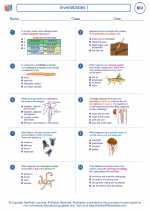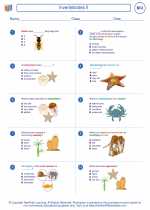Cyclones: An Overview
A cyclone is a large scale air mass that rotates around a strong center of low atmospheric pressure. Cyclones can bring about strong winds, heavy rainfall, and storm surges, and are known by different names depending on their location - hurricanes in the Atlantic and Northeast Pacific, typhoons in the Northwest Pacific, and cyclones in the South Pacific and Indian Ocean.
Formation of Cyclones
Cyclones typically form over warm ocean waters, where the combination of heat and moisture leads to the development of intense low-pressure systems. As warm air rises and condenses, it releases latent heat, fueling the cyclone's growth and intensification.
Structure of Cyclones
Cyclones have a well-defined structure, with a central "eye" of low pressure surrounded by an eyewall of intense thunderstorms. The eye is typically calm and clear, while the eyewall is where the strongest winds and heaviest rainfall occur. The outer rain bands extend outward from the eyewall and can also bring heavy rainfall and strong winds.
Impact of Cyclones
Cyclones can have devastating impacts on coastal areas, causing widespread destruction due to strong winds, heavy rainfall, and storm surges. The combination of these factors can lead to flooding, landslides, and infrastructure damage, often resulting in loss of life and significant economic costs.
Study Guide
- What is a cyclone and how does it differ based on its location?
- Describe the formation of cyclones and the role of warm ocean waters.
- Explain the structure of cyclones, including the features of the eye and eyewall.
- Discuss the impact of cyclones on coastal areas and the potential hazards they pose.
- Compare and contrast the characteristics of cyclones, hurricanes, typhoons, and other regional cyclonic systems.
By understanding the formation, structure, and impact of cyclones, you can gain a deeper appreciation of the forces at play in our atmosphere and the importance of preparedness and resilience in the face of natural disasters.
.◂Biology Worksheets and Study Guides High School. Invertebrates

 Worksheet/Answer key
Worksheet/Answer key
 Worksheet/Answer key
Worksheet/Answer key
 Worksheet/Answer key
Worksheet/Answer key
 Worksheet/Answer key
Worksheet/Answer key
 Worksheet/Answer key
Worksheet/Answer key
 Vocabulary/Answer key
Vocabulary/Answer key
 Vocabulary/Answer key
Vocabulary/Answer key
 Vocabulary/Answer key
Vocabulary/Answer key
